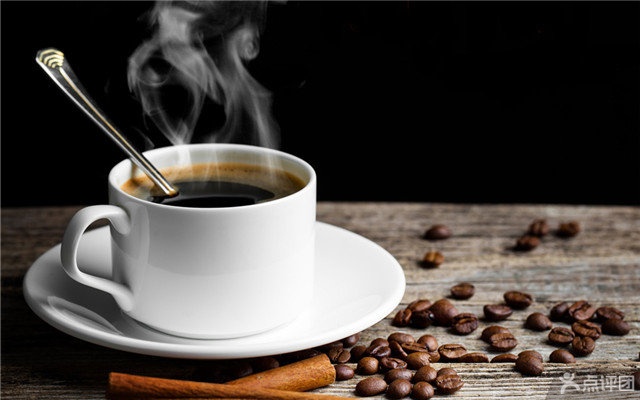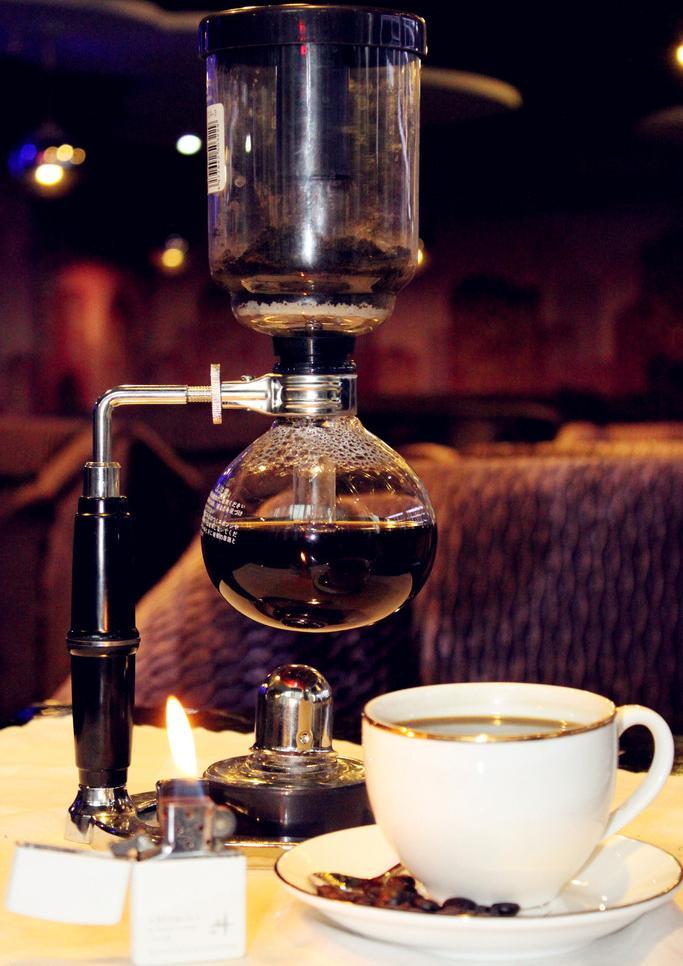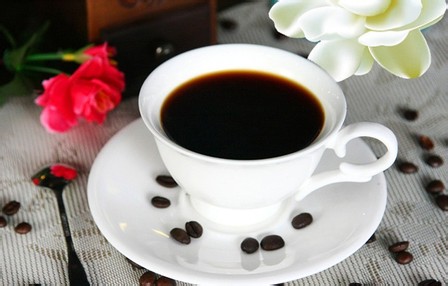An introduction to the Cultural and Historical reasons of American Coffee to understand the Cultural History of Coffee

Although Americans are world-famous for their coffee, the average amount of coffee they drink each year is less than half that of 1946, indicating that there is still a lot of room for expansion in the American coffee market.
With coffee consumption on the rise again, the numbers suggest that despite appearance, the market is far from saturated, and the Starbucks, Dunkin' Donuts and independent cafes still have much ground to conquer.
Although the average American drinks about 23 gallons (87.4 liters) of coffee a year, it is less than half the peak of about 48 gallons set in 1946, which means that the American coffee market is still far from saturation.
Walking down the street, Starbucks vastly outnumbered hospitals and universities, and as many as 161, 000 Americans listed coffee as a skill on their resumes on the social networking site LinkedIn.
However, according to the United States Department of Agriculture, in 1946, the average American drank 48 gallons of coffee a year, in other words, today's coffee consumption is only half of what it was then. Schiller, publisher of Beverage Digest (Beverage Digest), described coffee drinking at that time. "We drank coffee for breakfast, lunch, and dinner," and "We drank coffee at home most of the time."
Since then, due to the rise of a variety of soft drinks and health concerns that may be caused by coffee, the US coffee market has been at a low ebb.
Consumption rises again after the upsurge
Although coffee consumption has risen again in recent years, and coffee shops are everywhere, there is still a lot of room for Starbucks, Green Mountain Coffee Roasters, Dunkin' Donuts and other independent coffee shops to expand compared with the peak set in 1946.
"I don't know if we can go back to the levels of the 1940-1950s, but there is no doubt that we can definitely boost consumption in North America," said Greendo, head of operations at the International Coffee Organization (International Coffee Organization). "
Coffee was once one of the favorite drinks in the United States, but sales fell sharply in the 1960s when soft drinks were introduced one after another. Casanoska, an analyst for the coffee industry at IBISWorld, claims that there have never been so many beverage choices in the past, which has greatly reduced people's willingness to drink coffee.
Another major reason is that the coffee industry misjudged the situation. While soft drinks try to position themselves as young, energetic drinks to promote baby boomers who are no longer teenagers, coffee makers are resting on their laurels, causing soda consumption to triple in the decades that followed. Coffee has plummeted.
In addition, other factors affecting coffee sales include the accelerated pace of life, the fact that people do not have enough time to enjoy meals and coffee as before, and after medical studies have shown that coffee may cause cardiovascular disease in the past. have deterred the American public from the drink.
The coffee battlefield extends to families.
Now that the coffee boom is back, the question is, where does the market have room to expand? Analysts point out that the battlefield will no longer be limited to street coffee shops, home kitchens will be the next battleground. More and more American families are crazy about brewing coffee at home, leading to a surge in sales of coffee machines in recent years.
Sax, vice president of brand management and innovation at Green Mountain, said that 12 million out of 118 million households in the United States currently have Keurig coffee makers. He estimates that the number has a chance to grow to 35 million by 2016.
Iced coffee is also another space to be developed by the industry. Sachs says it is difficult to make iced coffee of the same quality as Starbucks and Dunkin' Donuts at home, which also creates sales opportunities for iced coffee. In addition, a number of recent medical studies have shown that coffee is not only refreshing, but also has antioxidant functions. Not only does this wash away the notoriety of coffee in the past, but it also stimulates the industry's plan to add more antioxidants to coffee, which will help coffee transform itself and re-emerge as a healthy drink.
Source: network
Important Notice :
前街咖啡 FrontStreet Coffee has moved to new addredd:
FrontStreet Coffee Address: 315,Donghua East Road,GuangZhou
Tel:020 38364473
- Prev

Why does rainbow pot coffee flow down so quickly? Is there any good way to make good coffee?
First of all, we would like to introduce what is meant by brewing coffee. Boil-put something in water and boil it over fire. But the process of brewing coffee is to wash the taste out of the coffee with water of 92-96 degrees. So many people will misunderstand this word. If you really put the coffee into the water to brew, the drink you get will no longer be a cup of coffee, but a cup of scorched bitter water (because the water at this time
- Next

Taste the rich and mellow taste of Jamaica Blue Mountain Coffee to understand the difference between Blue Mountain Coffee and ordinary Coffee
1. Blue Mountain Coffee refers to coffee brewed from coffee beans from the Blue Mountains of Jamaica. According to the grade, it is divided into Jamaica Blue Mountain Coffee and Jamaican Alpine Coffee. The Blue Mountains are located in the east of the island of Jamaica (Jamaica). Because the mountain is surrounded by the Caribbean Sea, whenever the weather is clear, the sun shines directly on the blue sea, and the peaks reflect the bright blue light of the sea.
Related
- What is the meaning of lactic acid fermentation with coffee bean treatment?
- How to judge the state of foam by sound?
- How does the latte pull out the unicorn pattern? Come to get for a little trick to improve the flower pull!
- Will flower pulling affect the taste of the latte?
- Do you know the history of coffee?
- The difference between honey treatment and sun washing what is raisin honey treatment?
- What kind of milk can a novice use to make coffee foam to keep the foam longer? The correct method and skills of milking tutorial sharing
- Why do washed coffee beans taste sour? Flavor characteristics of washed Coffee
- Introduction to the skill of how to practice the size and height of water injection around the circle of hand-brewed coffee
- How do beginners practice coffee flower drawing from scratch?

